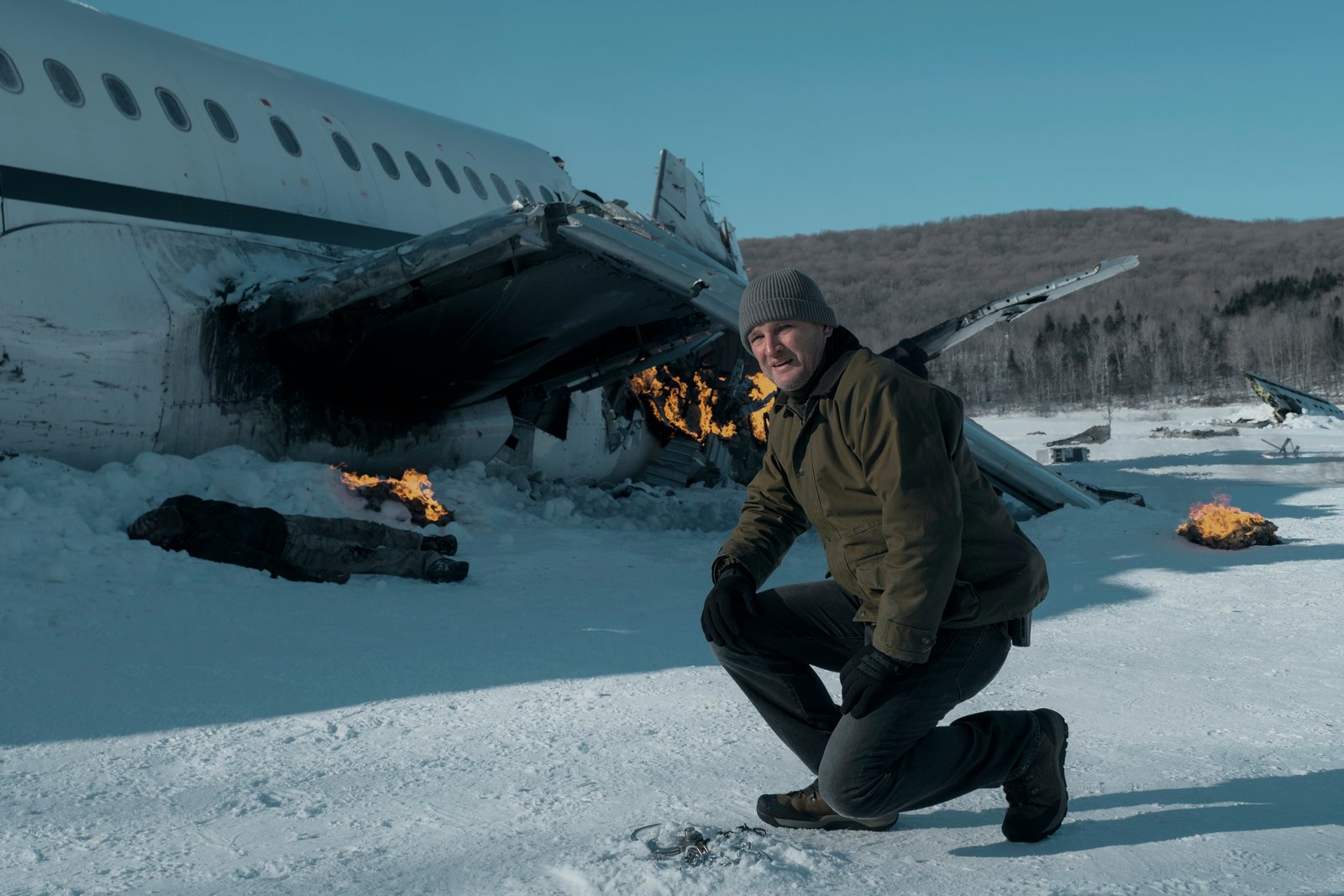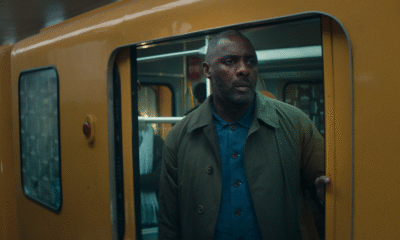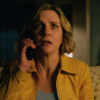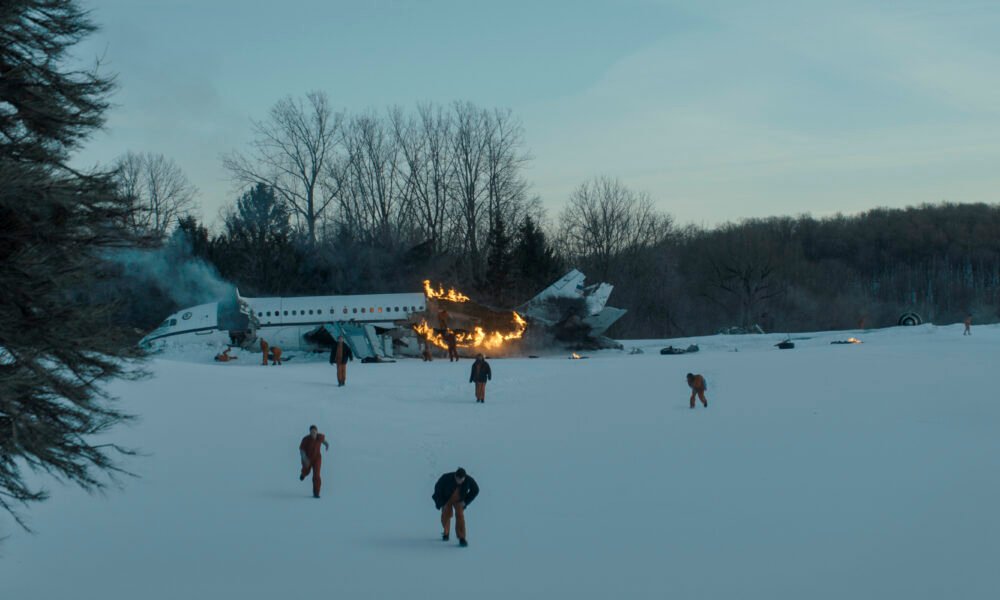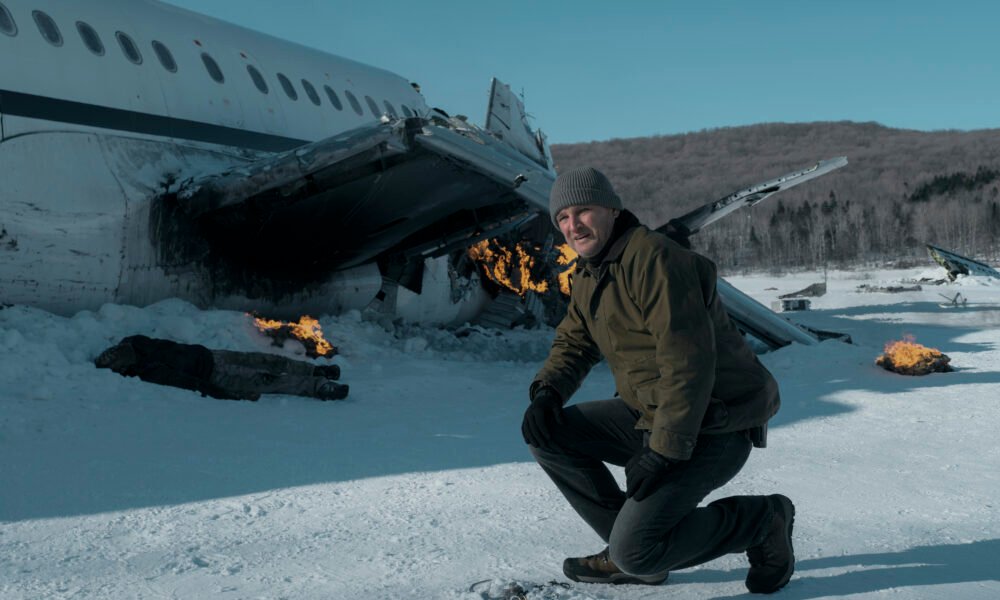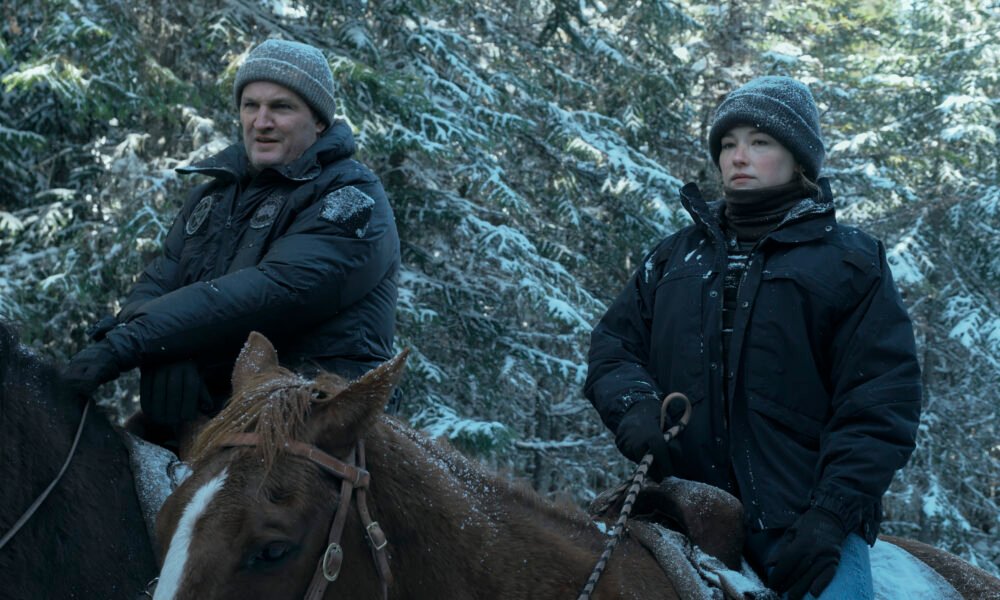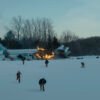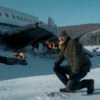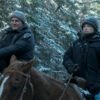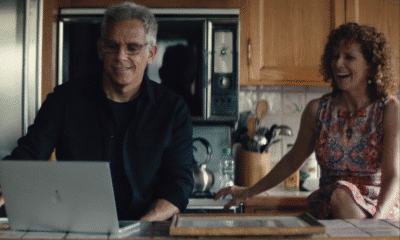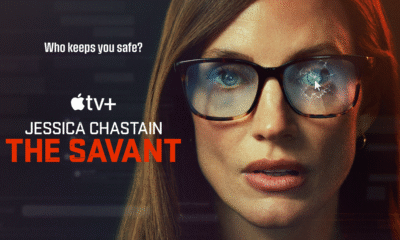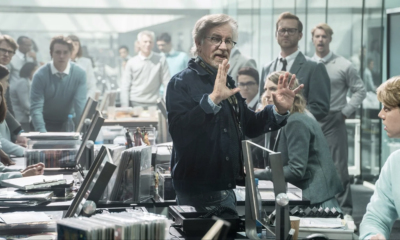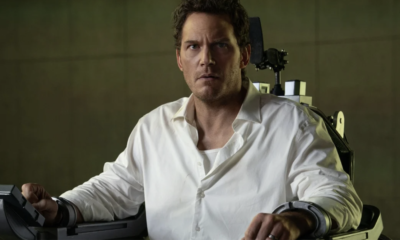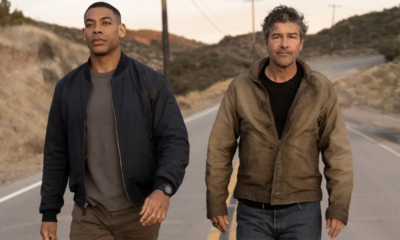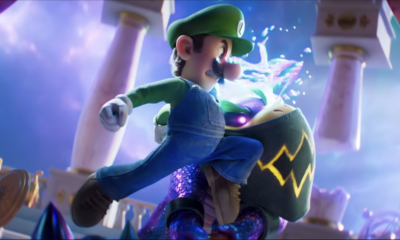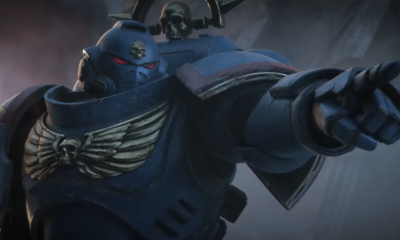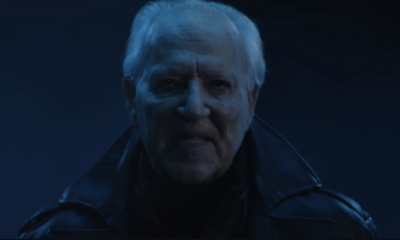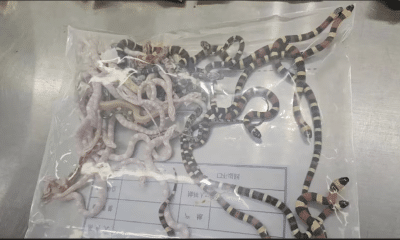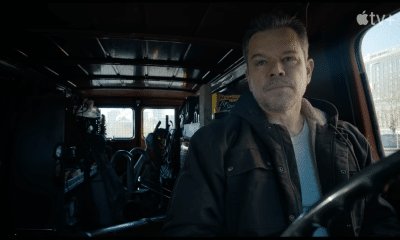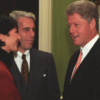Apple TV+
Apple TV+’s “The Last Frontier” Review: Jason Clarke’s Alaska Thriller Loses Its Way in the Snow
Apple TV+’s latest original, The Last Frontier, has all the ingredients of a breakout hit. A prison transport plane crashes in the Alaskan wilderness, unleashing chaos as dangerous inmates escape into the snow. It’s Con Air meets The Blacklist — fitting, since the latter’s creator Jon Bokenkamp co-developed the show with Richard D’Ovidio.
At the center is Jason Clarke as U.S. Marshal Frank Remnick, who suddenly finds himself leading a massive manhunt. His quiet town turns into a battleground when one inmate — a CIA-trained killer with top-secret connections — vanishes into the tundra. Enter Haley Bennett as CIA agent Sidney, sent to keep the government’s darkest secrets under wraps.
A Star-Studded Cast and Cinematic Scope
The cast alone makes The Last Frontier sound irresistible. Jason Clarke (Oppenheimer, Zero Dark Thirty) brings grit and emotional weight to Remnick, while Bennett (Swallow, Cyrano) gives a cool, detached edge to Sidney. Alfre Woodard commands the screen as a high-ranking CIA official, and Simone Kessell (Yellowjackets) grounds the story as Remnick’s wife.
Jon Bokenkamp’s direction has flashes of cinematic flair. The opening crash sequence, where prisoners float midair to Elvis’ Unchained Melody, sets an audacious tone. Each episode even takes its title from a song — from Willie Nelson’s Blue Skies to Scorpions’ Winds of Change — giving the show a musical rhythm that contrasts with its icy setting.
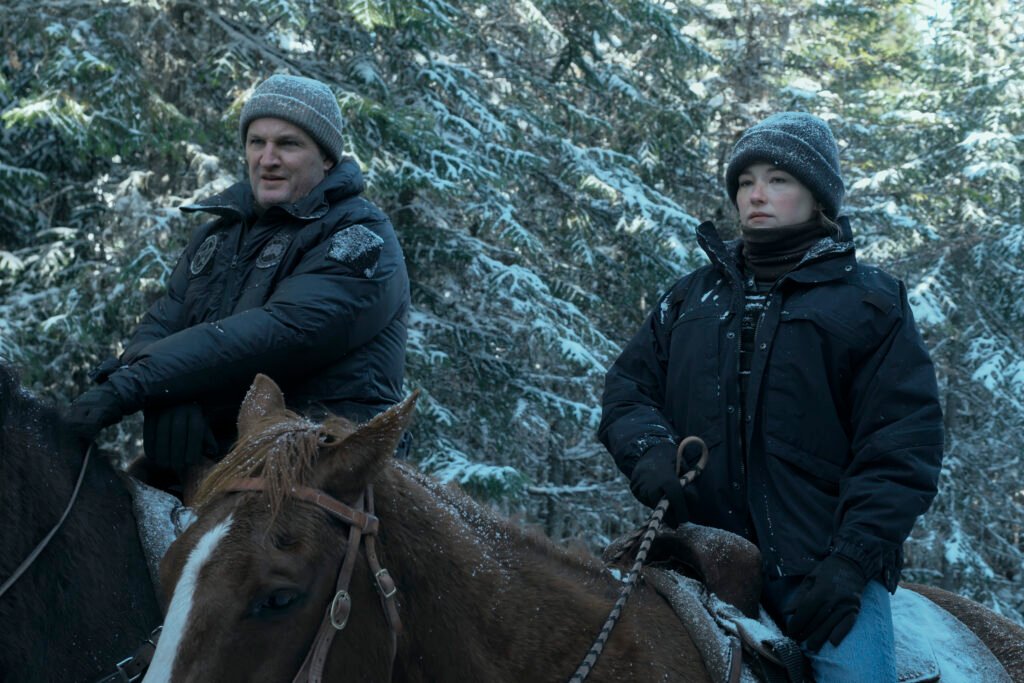
Apple TV+ Originals – The Last Frontier
From High-Octane Thriller to Slow-Motion Slog
Yet despite this thrilling setup, critics say The Last Frontier quickly loses altitude. The show stretches two hours of story across ten episodes. What begins as a heart-pounding action series turns into a plodding, overextended drama bogged down in clichés, thin dialogue, and lackluster effects.
Even the visuals falter. The snowbound landscapes, shot primarily in Quebec, never truly feel like Alaska. The CGI-heavy stunts — particularly a repeated car-flipping scene — fail to convince. And though the story hints at government conspiracies (“Archive Six,” “XenoGate”), those mysteries never pay off, collapsing under their own jargon-heavy absurdity.
Themes of Community Lost in the Cold
To its credit, The Last Frontier attempts to dig deeper than its surface action. Jon Bokenkamp threads in a commentary on America’s urban-rural divide, exploring how small communities band together in crisis. Jason Clarke and Kessell’s family subplot — involving trauma, survival, and moral compromise — gives the story moments of emotional depth.
But these glimmers of humanity are buried under formulaic plotting and melodramatic subplots. Even the talented ensemble struggles to break free from the snowdrift of exposition. As Fienberg quips, the show’s pacing is “the very opposite of fast-moving.”
View this post on Instagram
A Missed Opportunity for Apple TV+
By the time The Last Frontier reaches its finale, what could have been a tight, Liam Neeson-style two-hour movie has been stretched thin into ten sluggish episodes. The ending teases a potential second season — but for many, one trip through this frozen wasteland will be enough.
Despite its ambition and cast, The Last Frontier proves that even the most explosive premise can fizzle without focus. The irony is hard to miss: this series about survival in Alaska ends up stranded in its own creative permafrost.
As Fienberg puts it best, this was my last frontier.


